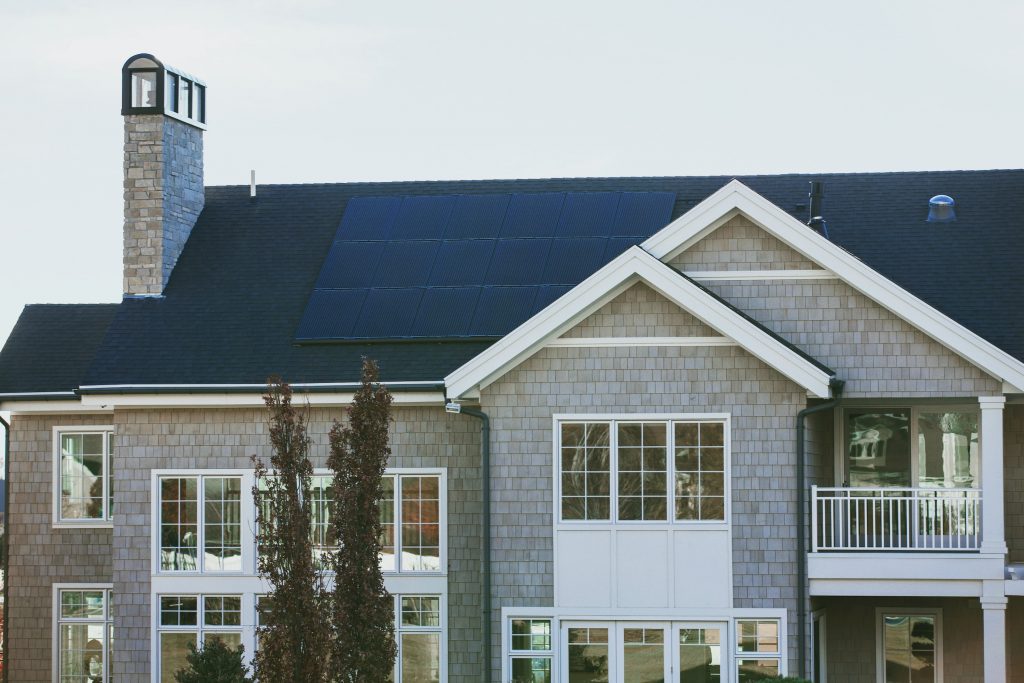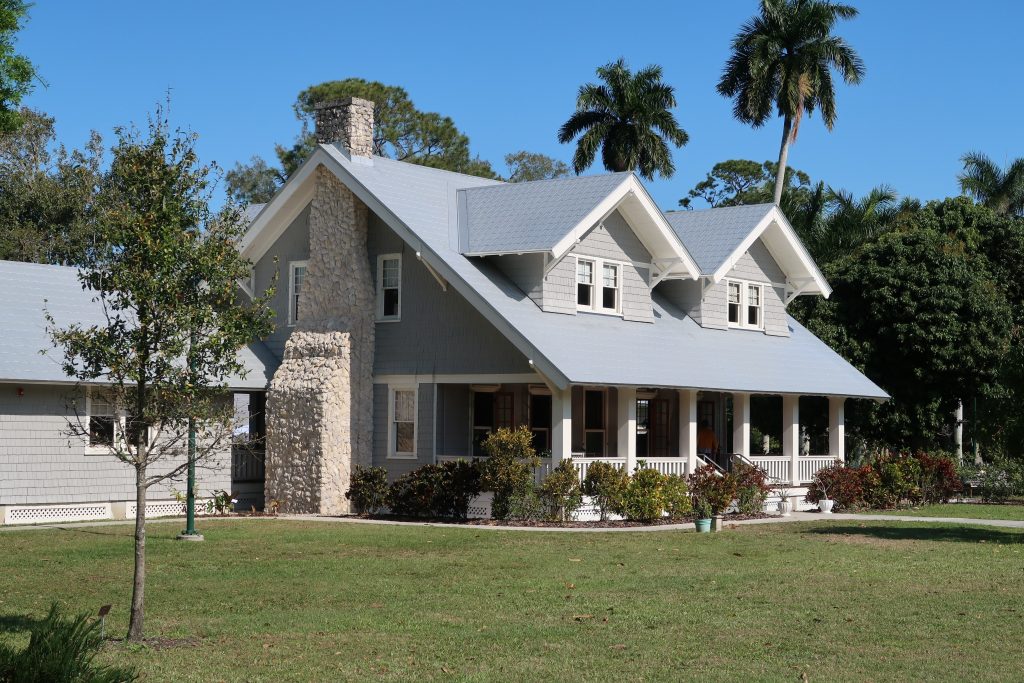Understanding the longevity of your home’s siding, specifically fiber cement siding, is vital for homeowners and builders alike. After all, the siding serves not just as the face of your home, but also its protective shell. Fiber cement siding, a popular choice in the construction world, has gained traction due to its durability, aesthetic appeal, and low maintenance needs. As a contractor or homeowner, a key question often arises: how long does fiber cement siding last?
While the answer may vary based on several factors, fiber cement siding is known for its longevity. Did you know that this siding material can potentially outlast the very home it protects? In the construction industry, it’s not unheard of for quality fiber cement siding to last upwards of 50 years, even touching a century under ideal conditions.
James Hardie and Hardiplank are two standout brands in the fiber cement siding industry. They’re often the go-to choices for both homeowners and professionals seeking a mix of longevity, aesthetics, and functionality. Their products have an exceptional lifespan, reinforcing the reputation of fiber cement siding as a long-lasting solution.
Thus, understanding the lifespan of fiber cement siding, along with factors that could affect it, is essential. It helps homeowners in budgeting for potential replacements while aiding professionals in advising clients. As we delve deeper into the topic, we will unravel the specifics behind the lifespan of fiber cement siding and its leading brands. This knowledge is crucial in making informed decisions about home exterior choices.
What is Fiber Cement Siding?
As a contractor or homeowner, you may be asking, what exactly is fiber cement siding? Simply put, it’s a robust siding material, a composite made from cement, sand, and cellulose fibers. This combination results in a durable, weather-resistant, and fire-resistant product that stands the test of time.
In the early 20th century, fiber cement siding began to take shape, leveraging the strengths of its constituent materials. As a fascinating fact, fiber cement was originally developed in the late 19th century by Ludwig Hatschek, an Austrian engineer. He discovered that mixing cement with fibers offered enhanced strength and durability.
The modern process of manufacturing fiber cement siding is both methodical and precise. It starts with a mix of Portland cement, ground sand, cellulose fiber, and water. These materials are combined, forming a slurry. This mix is then rolled out and pressed to create sheets. The sheets undergo high-pressure steam curing, known as autoclaving, to increase strength and stability.
Once the sheets are cured, they’re cut into planks or panels, ready for use. Fiber cement siding comes in a variety of textures and finishes, including stucco, smooth, and wood grain. Some manufacturers, like James Hardie, even offer pre-painted options, further saving time and labor costs.
The end product is a versatile and durable siding material. It offers an attractive balance of cost, performance, and aesthetic versatility, making it a prime choice for a wide variety of architectural styles and climates. It’s no wonder fiber cement siding has stood the test of time.


Brands of Fiber Cement Siding
In the realm of fiber cement siding, several brands have built a reputation for quality and durability. Two such standout brands are James Hardie and Hardiplank.
James Hardie Siding
James Hardie, an industry pioneer, has been producing fiber cement products for over 30 years. The brand prides itself on innovation and quality, offering a diverse product line designed to meet varied aesthetic and functional needs. Known for its exceptional resistance to weather and fire, James Hardie siding is a favorite among contractors and homeowners alike. Did you know that James Hardie was the first to introduce fiber cement products to the market? Talk about being a trailblazer! In terms of longevity, James Hardie siding can last up to 50 years with proper maintenance.
Hardiplank Siding
Hardiplank is another reputable name in the fiber cement siding industry. Hardiplank is, in fact, a product line offered by James Hardie, specifically designed to mimic the look and feel of traditional wood siding. Combining the natural aesthetics of wood with the durability of fiber cement, Hardiplank is a superb choice for those who want the best of both worlds. Its popularity is a testament to its superior quality. Incredibly, with regular upkeep, Hardiplank siding can also last as long as 50 years. That’s half a century of performance and curb appeal with just one installation!
In essence, both James Hardie and Hardiplank offer exceptional durability and aesthetic versatility. They have set the industry standards high and continue to be the first choices for fiber cement siding.
Longevity of Fiber Cement Siding
The exceptional lifespan of fiber cement siding is a testament to its durability and quality. When we dive into the specifics, we’ll find some fascinating numbers. On average, fiber cement siding can last between 50 to 100 years. This wide range is due to several influencing factors such as maintenance, climate, and installation quality.
It’s not unusual for quality fiber cement siding, like James Hardie or Hardiplank, to remain sturdy and appealing for up to 50 years. Both these brands have proven their worth time and time again, delivering outstanding performance over extended periods. In fact, both James Hardie and Hardiplank offer warranties that cover their products for up to 50 years. This impressive lifespan, backed by warranty, is an industry-leading offering, providing homeowners with peace of mind.
The resilience and durability of fiber cement siding aren’t just theoretical; they’re based on years of real-world performance in diverse climates and conditions. Just imagine, a single investment in fiber cement siding can potentially last longer than a lifetime.
This endurance combined with its versatility and aesthetic appeal is what makes fiber cement siding a sought-after choice among homeowners and contractors. Remember, the key to ensuring this longevity lies in understanding how to care for and maintain your siding, which we’ll delve into next. These numbers reinforce why fiber cement siding remains a top pick when considering longevity, performance, and aesthetic appeal.

Factors That Impact Fiber Cement Siding Lifespan
The longevity of fiber cement siding isn’t simply a result of its quality materials. Environmental factors, regular maintenance, and installation quality significantly influence its lifespan.
Climate and Environment
Fiber cement siding’s durability doesn’t exempt it from environmental wear and tear. It is designed to resist common weather-related damages. Still, extremely harsh conditions, like consistent exposure to saltwater in coastal areas, may accelerate aging. Nevertheless, this material generally fares better in diverse climates than most siding options.
Maintenance and Upkeep
Routine maintenance can extend the life of your fiber cement siding significantly. A simple bi-annual wash can remove dirt and mildew, while a fresh coat of paint every 15 years can revive its appearance. Contrary to vinyl siding, which should ideally not be painted, fiber cement siding embraces it, enhancing its lifespan.
Quality of Installation
Proper installation is crucial for maximizing fiber cement siding’s lifespan. Skilled installation ensures optimal performance and durability. For example, ensuring the siding is installed with a small gap at butt joints and properly sealed protects against water intrusion. Neglecting such details can shorten the siding’s life expectancy. Remember, the strength of fiber cement siding isn’t just in the material itself; it’s also in the expertise of the installation.
Replacing Fiber Cement Siding
While fiber cement siding is known for its longevity, eventual replacement may be necessary. Signs of necessary replacement include warping, swelling edges, delamination, and extensive water or termite damage.
When it’s time for a replacement, the process involves removal of the old siding, inspection and repair of the underlying structure, and installation of the new siding. If correctly executed, this process can further extend the lifespan of the replaced siding.
Another key factor is the cost. While fiber cement siding is more expensive than vinyl or wood siding, it’s important to consider its longevity. Over time, the cost of replacing or maintaining other materials may outweigh the initial investment in fiber cement siding. Also, with the energy efficiency and added home value it provides, fiber cement siding often proves to be a financially sound choice.
So, while the need for replacement might seem daunting, it’s an opportunity to reinvest in your home’s long-term resilience and curb appeal. Rest assured that the durable and weather-resistant nature of fiber cement siding will continue to prove its worth for years to come.
Comparison with Other Types of Siding
When compared to other siding materials, fiber cement siding holds its own. Unlike vinyl, it’s not prone to warping under extreme temperatures, and it accepts paint better, allowing for color customization and refreshing. Fiber cement siding outperforms wood siding as it’s resistant to termite damage, rotting, and fire.
In terms of longevity, it certainly outshines its counterparts. For instance, while wood siding can last up to 20 years, and vinyl up to 40, fiber cement siding can last 50 years or more.
Of course, each siding material has its own set of advantages and considerations, but fiber cement siding offers a unique combination of durability, aesthetic appeal, and low maintenance. This balance makes it an attractive choice for many homeowners and builders alike.

Fiber cement siding’s longevity, versatility, and aesthetic appeal make it an excellent choice for home exteriors. Notably, quality brands such as James Hardie and Hardiplank offer products that can last up to 50 years, adding value and durability to homes.
However, the lifespan of fiber cement siding is not just dependent on the product alone. Environmental factors, regular maintenance, and the quality of installation play significant roles in determining how long it will last. The importance of these variables cannot be overstated.
As we’ve explored, despite exposure to harsh climates, well-maintained fiber cement siding holds up impressively. It’s crucial to remember that regular upkeep, such as cleaning and occasional repainting, can significantly extend the siding’s life. Moreover, skilled installation can maximize its performance and durability.
In comparison to other siding options like vinyl and wood, fiber cement siding stands out due to its unique balance of durability, aesthetic appeal, and low maintenance. It is, without a doubt, a sound investment for any homeowner seeking a long-lasting and appealing exterior.
In sum, fiber cement siding’s longevity combined with its other standout qualities make it a top choice in siding materials. With proper care and installation, it’s a choice that will serve homeowners well for many years to come.

